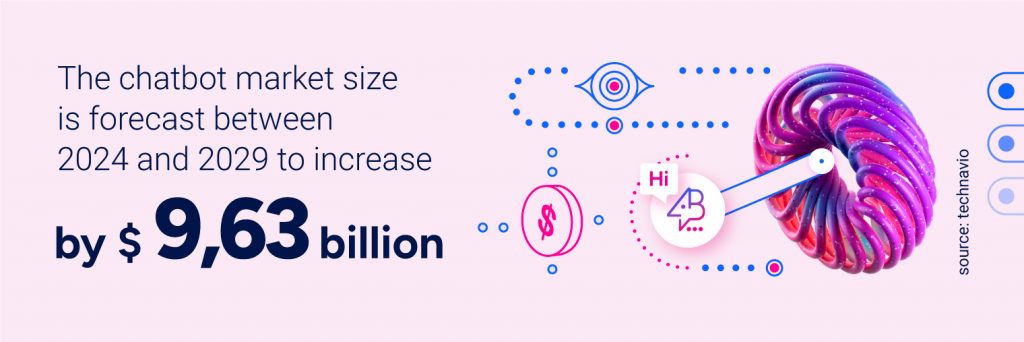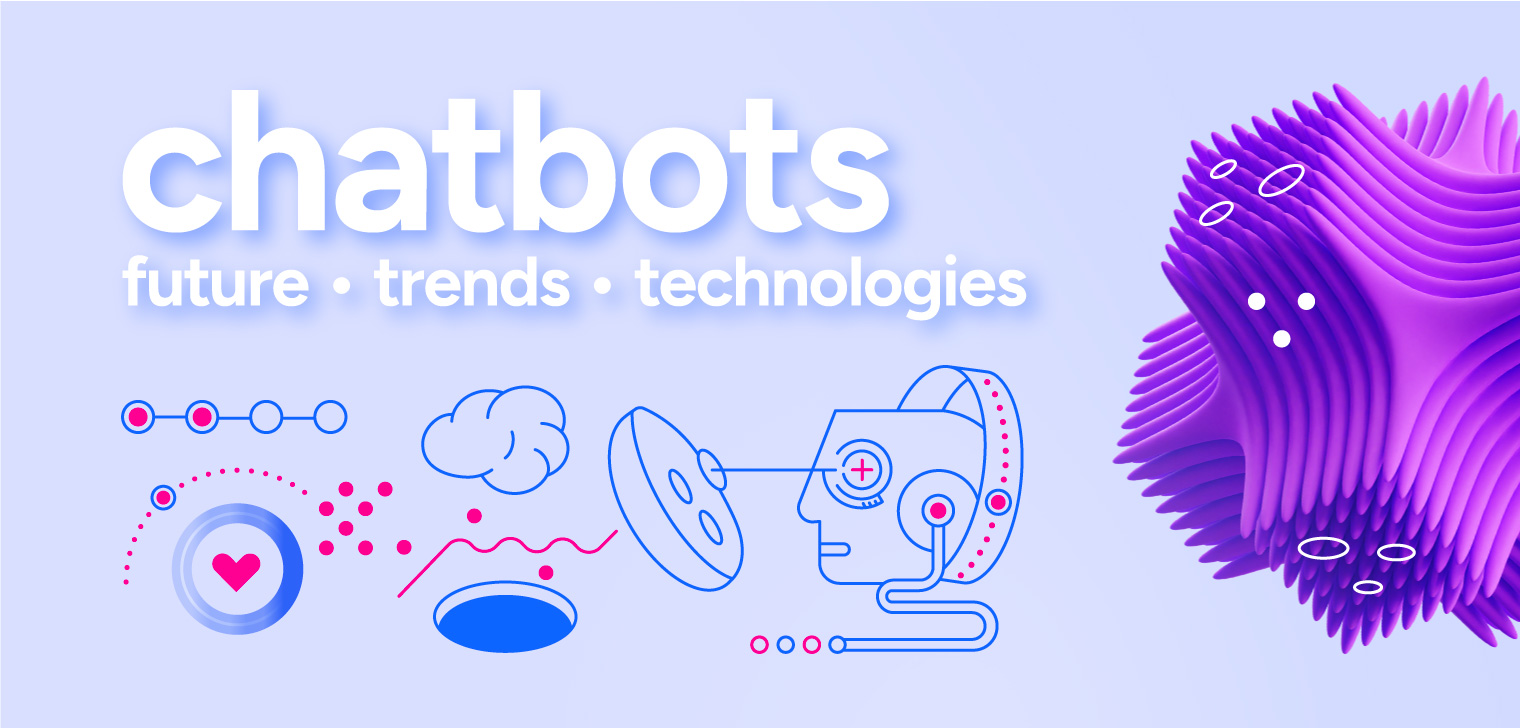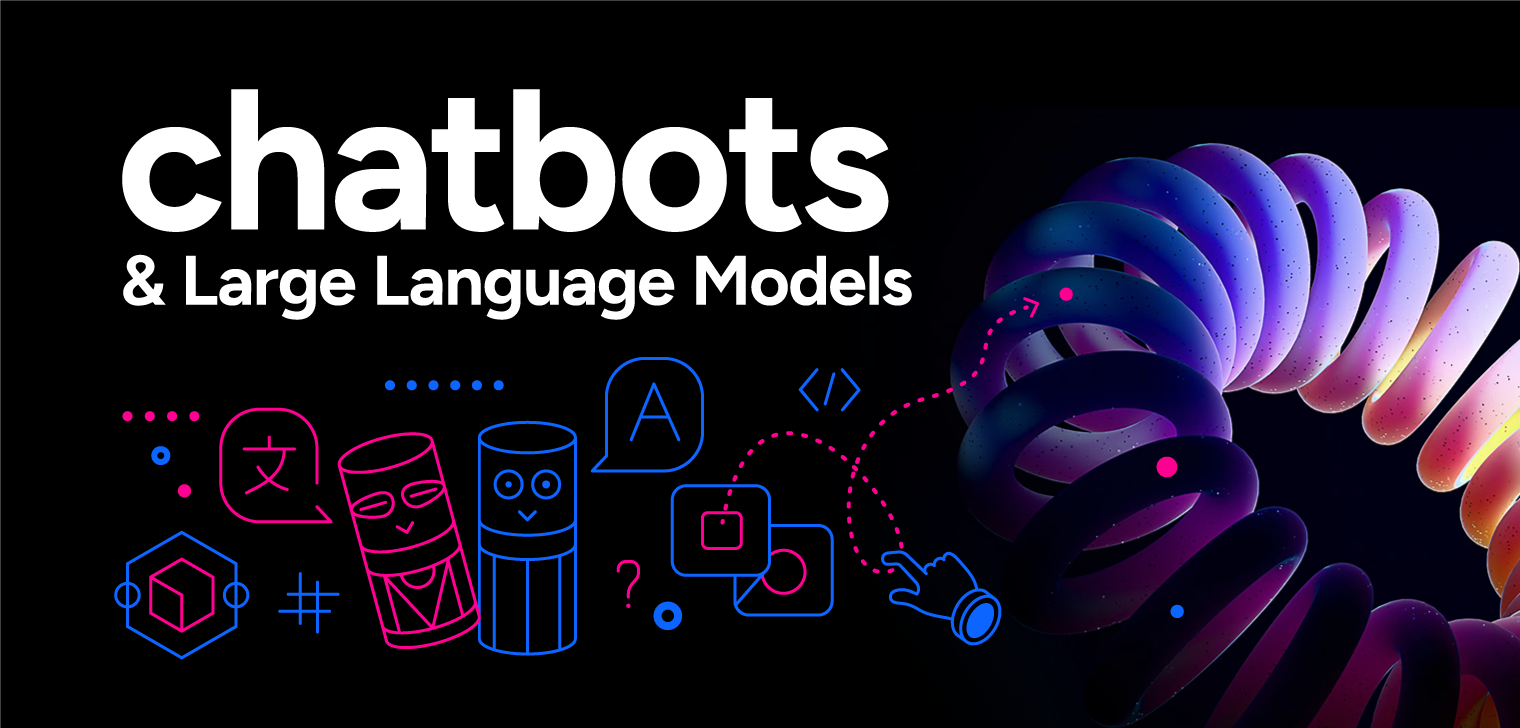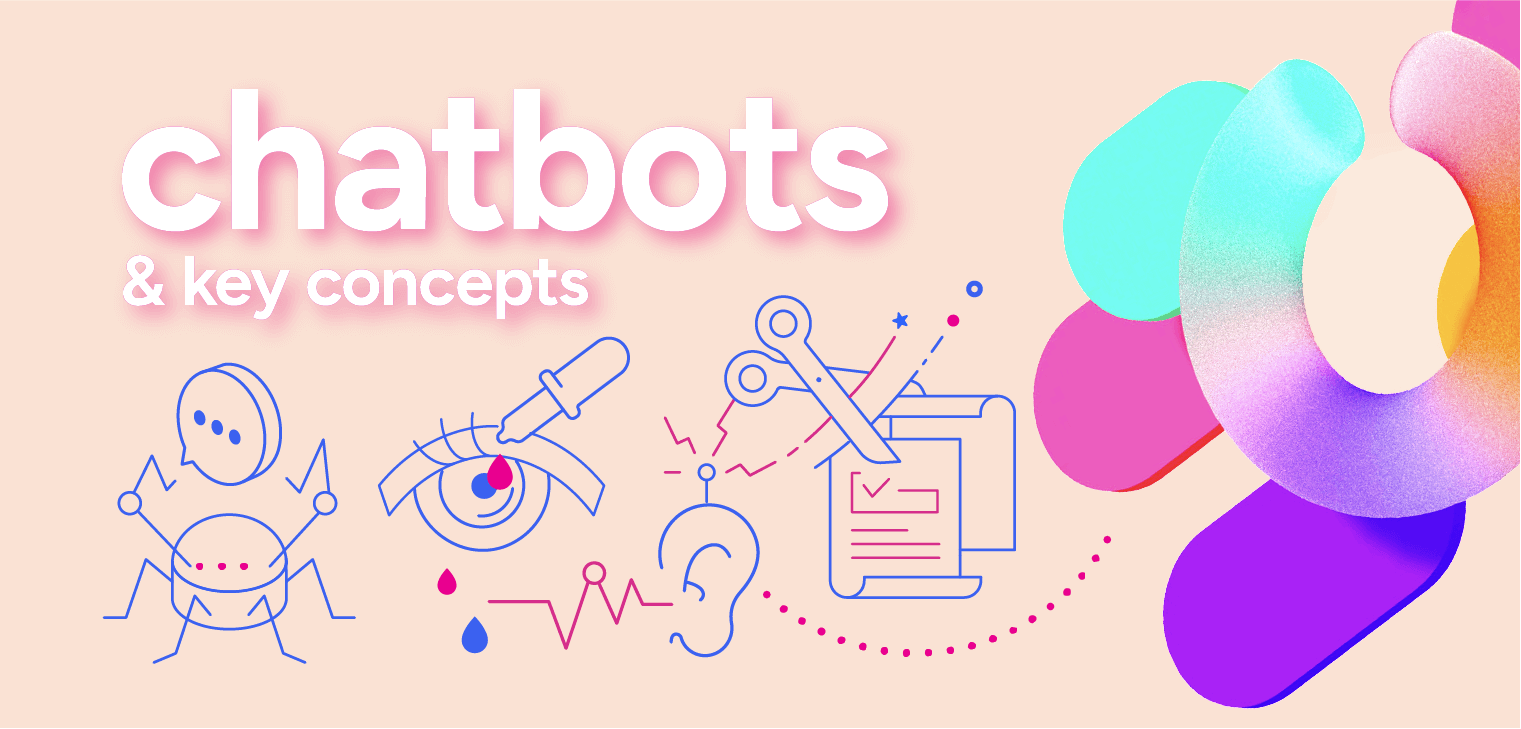The Future of Chatbots: Key Trends and Technologies to Watch
AI chatbots are no longer just simple tools for answering standard questions. The Future of Chatbots involves natural interaction, personalization, and process automation. Their role in customer service continues to grow. Companies recognize their potential, although they have not yet fully harnessed it. In 2025, chatbots will be even more advanced. Progress in natural language processing (NLP), intent recognition (NLU), and Generative AI will ensure better interaction quality and more effective business support.
AI Chatbot Market in 2025 – Forecasts and Challenges
The value of the AI chatbot market will increase by $9.63 billion by 2029. The Future of Chatbots will see improved NLP algorithms enable chatbots to communicate more effectively with users, and integration with social media and messaging apps expands their reach.

However, chatbot development comes with challenges. Companies must ensure standardization, regulatory compliance, and user education on AI capabilities. Adapting chatbots to real market and customer needs is crucial. Below are the key trends that can provide businesses with a competitive edge regarding The Future of Chatbots.
Key AI Chatbot Trends in 2025. What’s the future of chatbots?
Agentic AI and Next-Generation Chatbots
Agentic AI is a concept where chatbots respond to questions, make independent decisions, and execute complex tasks. Such systems can analyze real-time data, optimize business processes, and initiate actions without human intervention. The development of agentic AI opens new possibilities for chatbots, making them more proactive and capable of managing user interactions autonomously. This innovation will define The Future of Chatbots.
Hyper-Personalization
Generative AI enables chatbots to create personalized responses based on user data. By analyzing past interactions, communication becomes more natural and tailored. Chatbots learn in real time, allowing them to understand customer intent better and improve responses, thus contributing to The Future of Chatbots.
Integration with IoT
Chatbots will increasingly collaborate with IoT devices, such as smart home assistants or energy management systems. This will enable specific actions, such as turning on heating before returning home or programming a coffee machine. Such integration will enhance user convenience and increase automation in daily activities.
Ethical AI and Regulatory Compliance
Companies must ensure compliance with regulations, such as GDPR, and chatbots operate according to ethical standards. Key challenges include privacy protection, eliminating algorithmic biases, and ensuring transparency in AI interactions with users. Regulations, including the EU AI Act, may introduce additional requirements for chatbot monitoring to stay relevant in The Future of Chatbots.

Multimodal Interactions
Modern chatbots use various forms of communication, including text, voice, images, and gestures. Their multimodality enhances their ability to understand conversation context and adapt to users, resulting in better customer service and increased user engagement. Multimodal interactions represent a significant aspect of The Future of Chatbots.
Chatbots in Sales and Marketing
Chatbots drive sales and marketing by responding to user inquiries and tailoring messages to their needs. Integration across multiple channels ensures seamless service and improves conversion rates. Companies can use chatbots for automation and to build customer engagement.
Generative AI and the Future of Chatbots
Gen AI makes chatbots more flexible and better suited to users. Analyzing past interactions generates responses that more accurately meet user needs. Continuous learning enables them to improve communication quality and user understanding in real time. This development marks an exciting milestone in The Future of Chatbots.
Industries That Will Benefit Most from AI Chatbots
AI chatbots are increasingly being used across various industries. Companies can significantly enhance operational efficiency by automating processes, analyzing real-time data, and providing 24/7 customer service. Chatbot adoption offers notable benefits in some sectors, improving service quality, response times, and cost reduction.
Banking and Insurance
The BFSI sector utilizes chatbots as digital advisors. They automate query handling, assist customers in applying for loans, and monitor transactions for fraud. Analyzing real-time data, they help manage finances and warn about potential risks.
E-Commerce and Retail
Automated shopping assistants analyze customer preferences, recommend products, and streamline post-purchase support. Chatbots answer questions about returns and order status, increasing customer satisfaction and brand loyalty.
Logistics and Transportation
Chatbots optimize supply chain management, route planning, and customer notifications about shipment status. Through automation, they minimize delays and dynamically respond to changes in conditions, such as weather or traffic.
Actionbot – Universal AI Advisor
Actionbot is an intelligent AI chatbot that adapts its capabilities to an organization’s needs. Using NLP and the IBM watsonx.assistant engine, it handles queries across digital channels and gathers knowledge that it uses for more advanced processes.

Its flexibility allows it to operate in various environments—cloud, on-premise, mobile applications, and websites. It can support credit analysis in banking, act as a shopping advisor in e-commerce, or optimize customer service in any industry. This tool continuously raises service and business efficiency standards in The Future of Chatbots.
Conclusions and Outlook
Artificial intelligence continues to evolve, and AI chatbots are gaining importance. Companies are just beginning to fully leverage their potential. Chatbots will find applications in new sectors such as education, marketing, cybersecurity, and human resource management in the coming years. The Future of Chatbots is where organizations implementing them will gain a competitive advantage and enhance operational efficiency.


